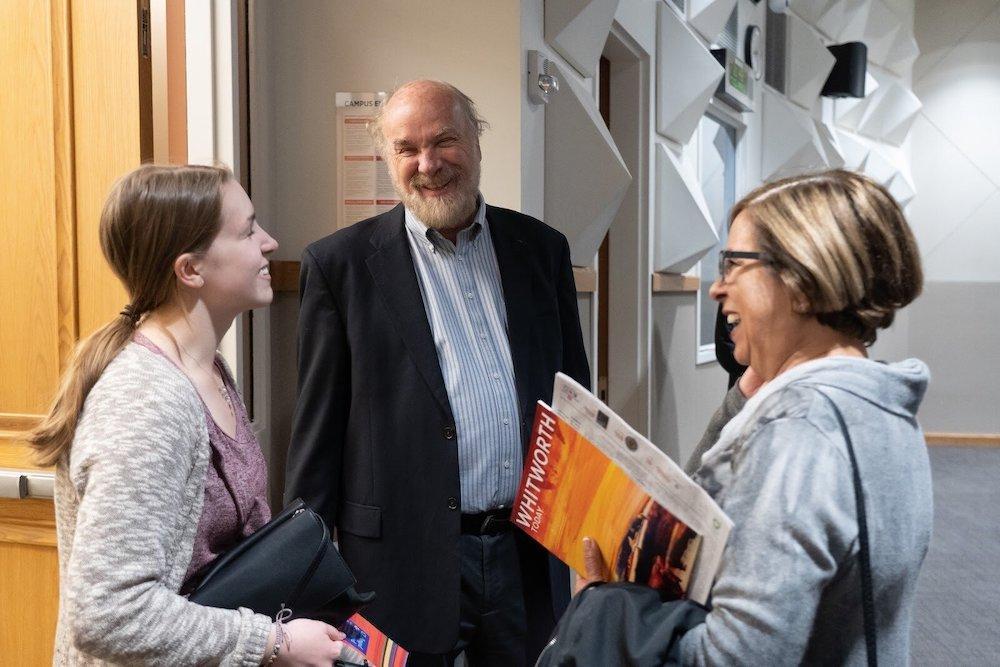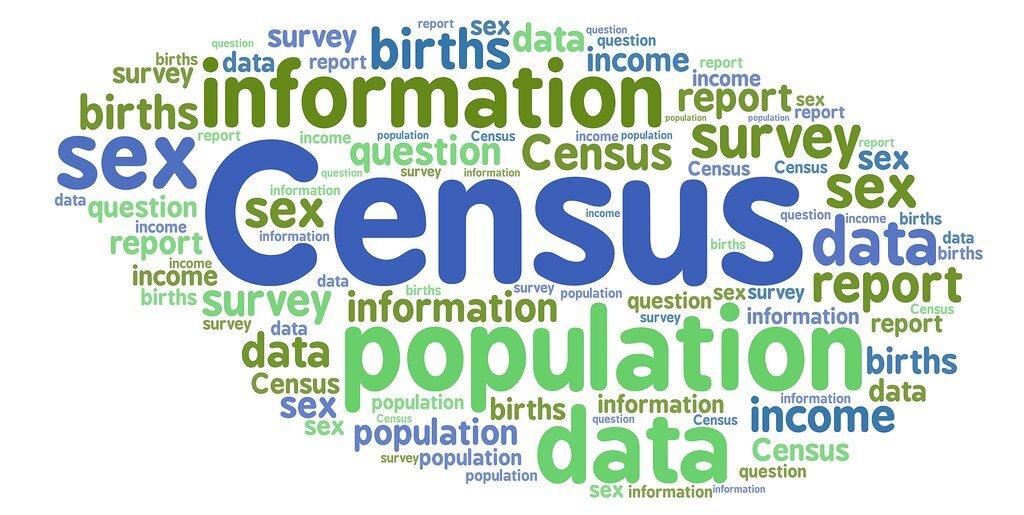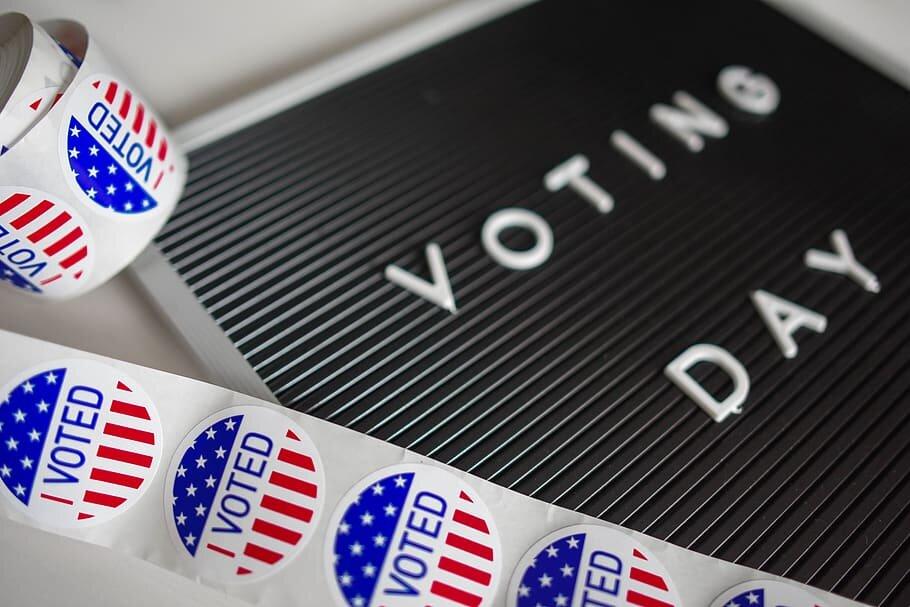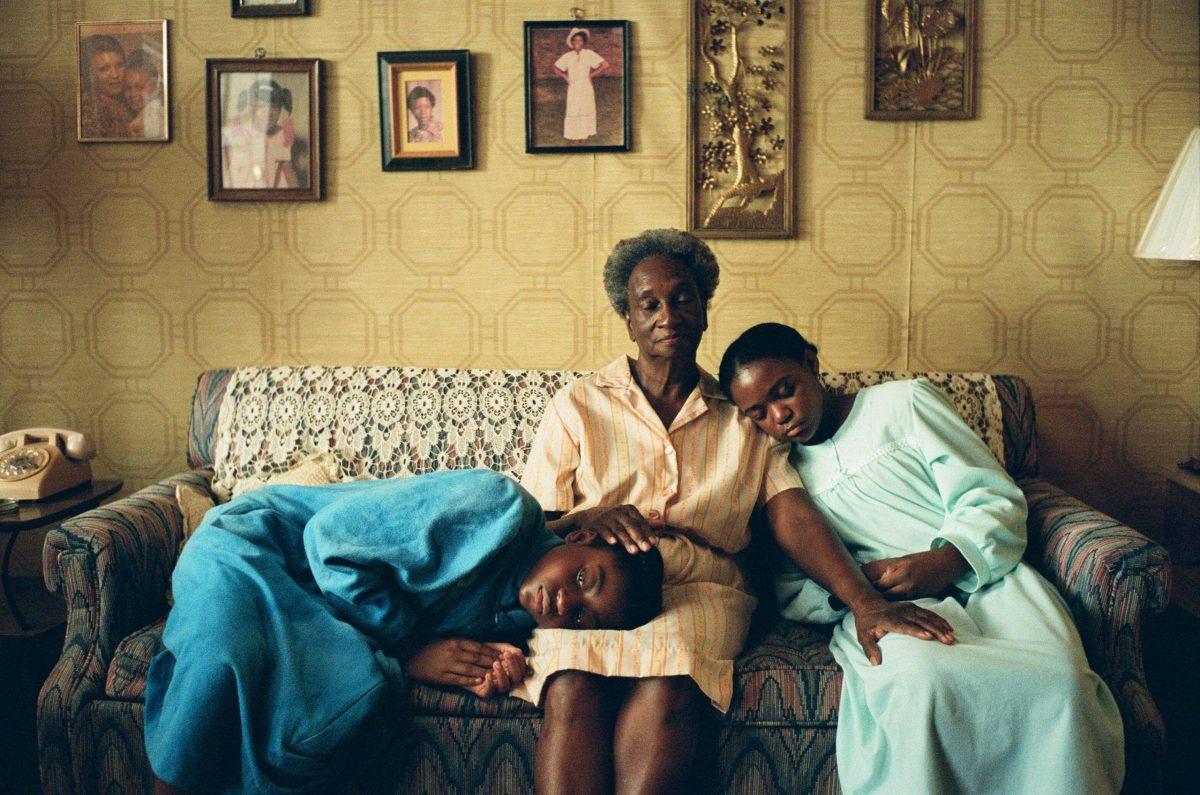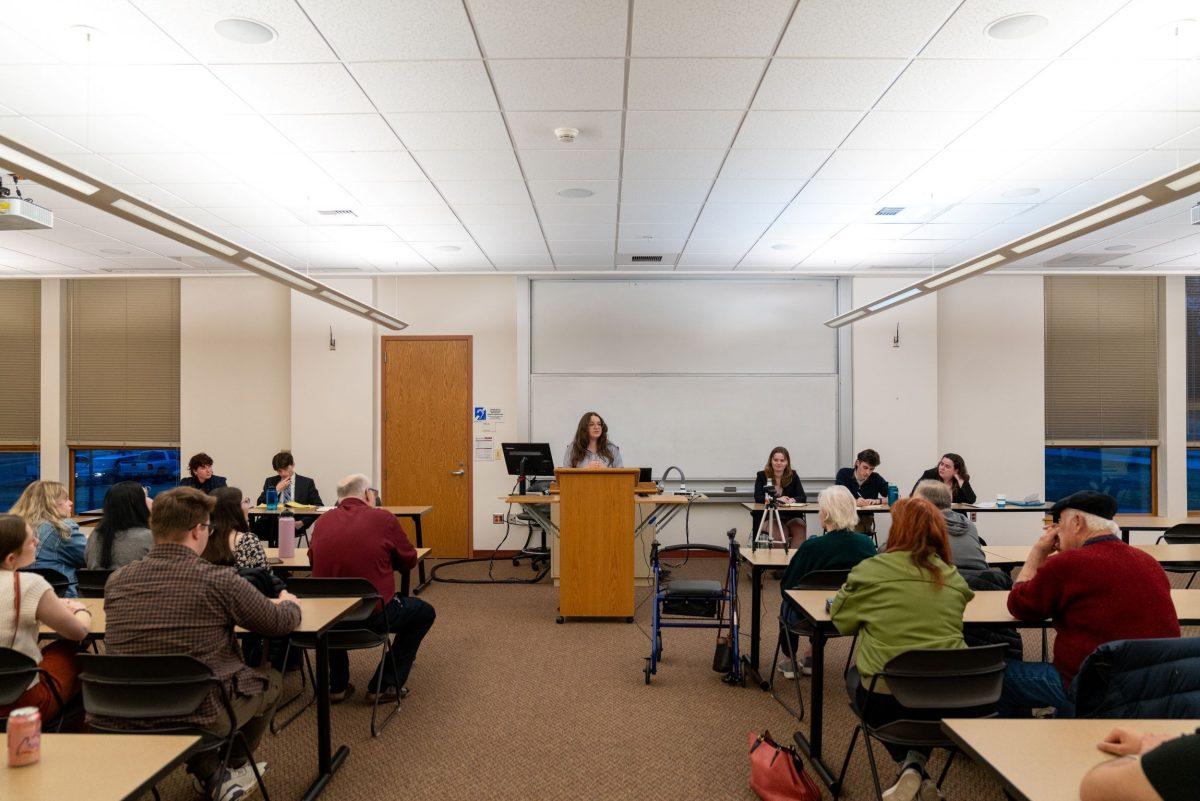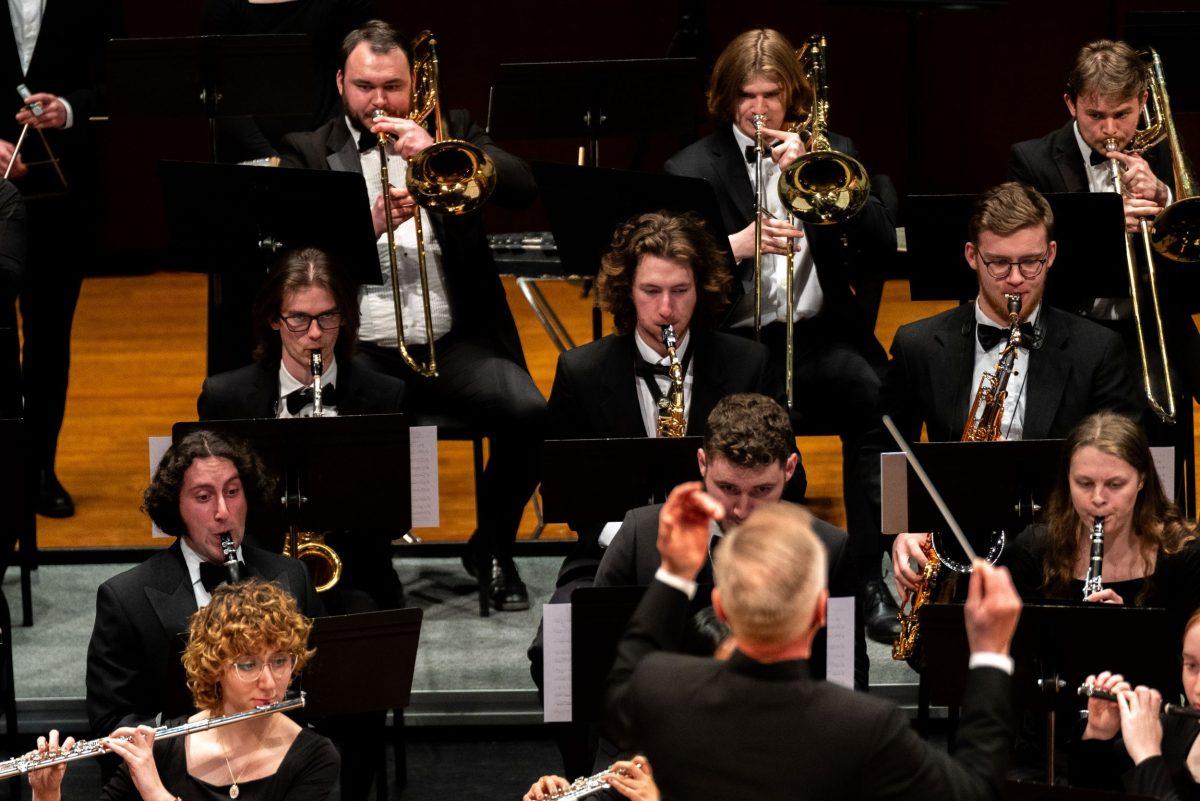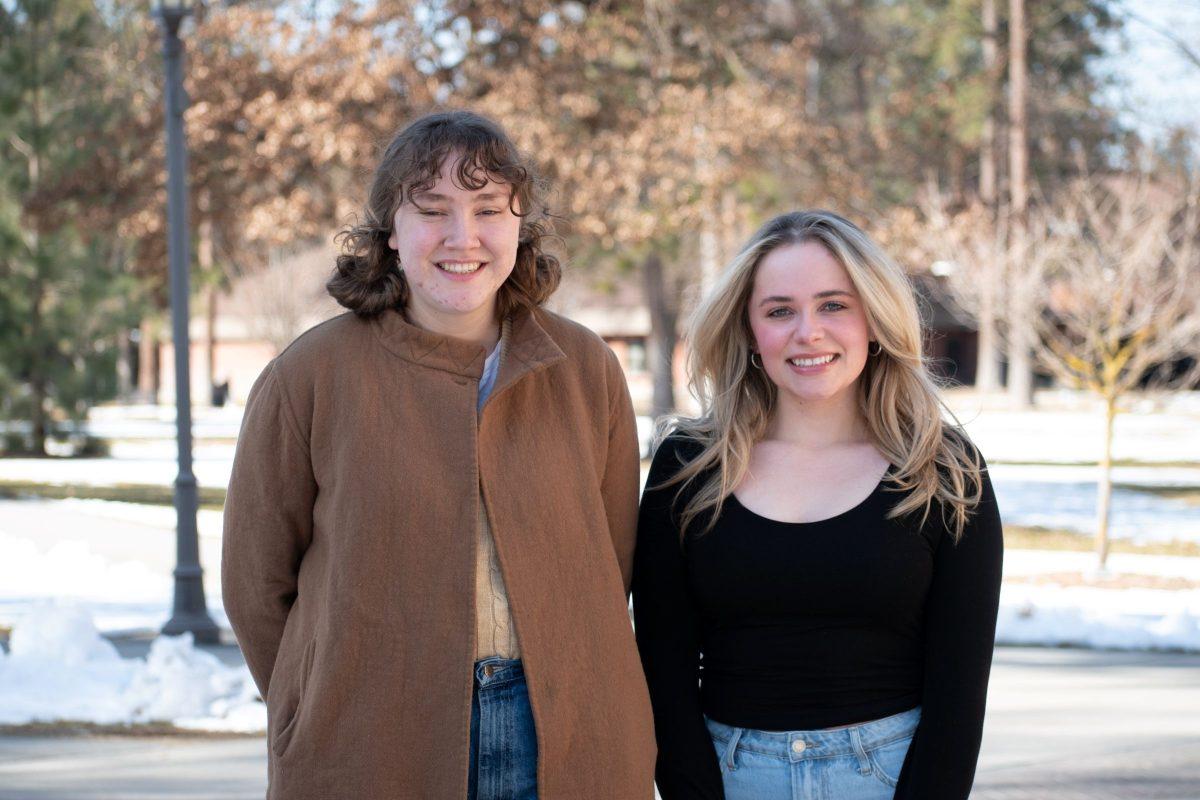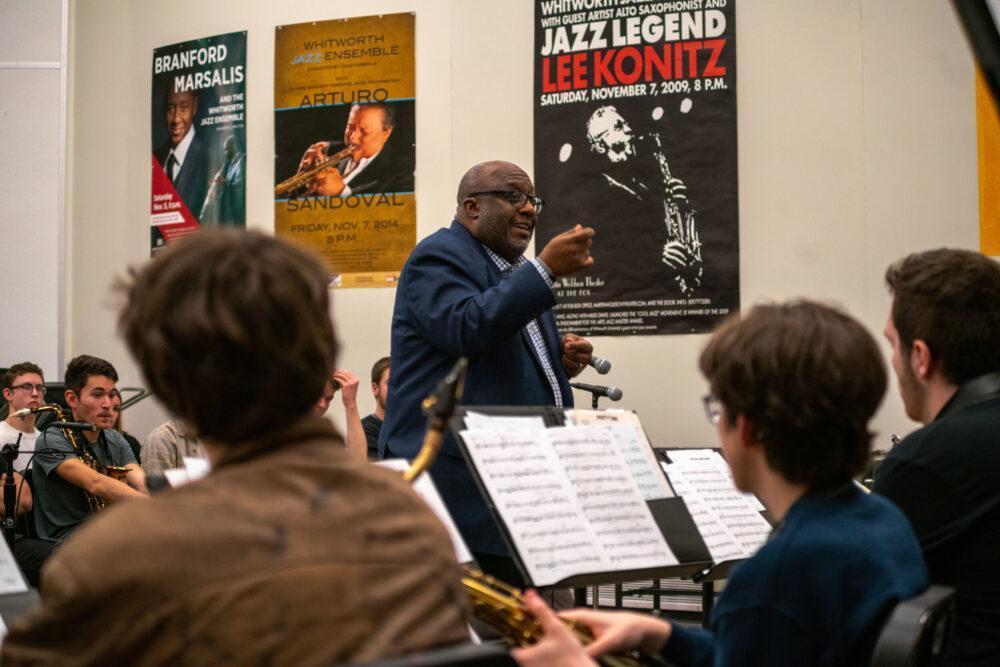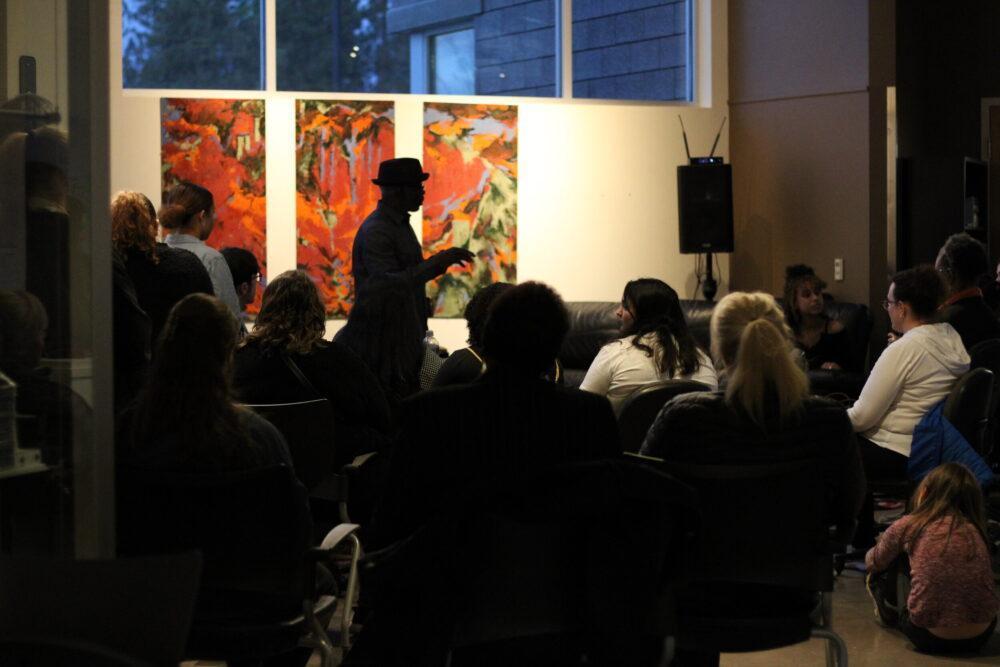Esther Brown | Staff Writer
Whitworth’s 2019 incoming class is historically the most diverse class of first-year students. Not only are they the second largest incoming class, but they include the highest numbers of students from underrepresented racial and ethnic backgrounds (UREP), first-generation college students and international students.
According to the Freshmen Class Profile on the Whitworth website, 40 percent of the class are UREP students, 38% are first-generation students and 5% are international students. Ayaka Dohi, Director of Student Diversity, Equity & Inclusion, formerly worked in admissions and attributes this increase to the changing demographics of students who apply.
“The national demographics of students entering college is more diverse, so colleges have more students of diverse backgrounds to recruit,” Dohi said.
In regards to an increase in first-generation students, Dohi said one of the main factors is the financial aid Whitworth offers. First-generation students have the opportunity to participate in College Bound, a scholarship program that assists students at a certain family income and maintain the required grades. Additionally, if their GPA is at least a 3.75, students qualify for Whitworth Bound, where the scholarship covers 100% of tuition.
As a result of these financial opportunities, Whitworth not only takes part in racial diversity, but also socioeconomic diversity. According to the Whitworth financial aid webpage, 28% of the 2018-19 freshmen families who filed for FAFSA have an average income of under $50,000.
There are additional recruitment approaches by admissions, such as the Multicultural Visit Program for high school juniors and seniors. The program is specifically designed for students of color and first-generation students to address opportunities and resources specific to them. Whitworth also offers a campus visit travel grant for eligible students who need financial assistance.
The recent changes in the student demographic on campus have not gone unnoticed by students.
“I came here with the expectation that there was going to be a limited amount of people of color,” said Silvia Esparza, a first-year. “When I visited [Whitworth] the previous year [I saw] hardly any people of color, so it was pretty shocking to arrive and see such an increase.”
While increasing enrollment diversity is one issue, retention rates for underrepresented and first-generation students is another challenge.
The office of Student Diversity, Equity & Inclusion plays a big role in supporting these students after their arrival. The BUCS Bridge Program has been specifically designed for UREP and first-generation students. It serves as a four-day pre-orientation that focuses on community building, multicultural identity development and college navigation.
First-years are guided throughout the program by returning students called Peer Guides, who serve as mentors and role models. As a new addition to the program, students will continue meeting with their small groups, have one-on-ones with their Peer Guides and participate in socials throughout the whole year.
“I became a Peer Guide because I joined the BUCS Bridge Program my freshman year. It really helped me throughout my first year away from home,” said Tihani Evangelista, a junior from Hawaii. “The importance of the program is not just to educate the student about what to expect [in college], but help them build relationships with others.”
This year BUCS Bridge had a record high of 79 students who participated in the program. There were a few challenges that came as a result of coordinating such a large number of students, said Chelsea Annis, BUCS Bridge Coordinator. For example, scheduling everything within four days, working with their budget and finding spaces to accommodate the students proved a little more difficult.
“Nothing [worth] doing is ever easy,” said Annis. “For myself and probably all the staff in the office, having a lot more people in our program makes it harder to get to know each student individually, which we all would love to do. It just takes more intentionality to have deeper relationships with that many people due to time constraints.”
Lurdes Guzman, a first-year in the program, appreciated the opportunities to form connections with other students from various backgrounds and have “a familiar face in the crowd.”
While 79 was the largest number of students to ever participate in the program, it’s only a fraction of this year’s incoming underrepresented and first-generation students. There are between 400 to 500 UREP and first-generation students in the first-year class, said Annis. The office of Student Diversity, Equity & Inclusion hasn’t had the opportunity to interact with a large amount of those students, but relies on the greater campus and community to support them.

